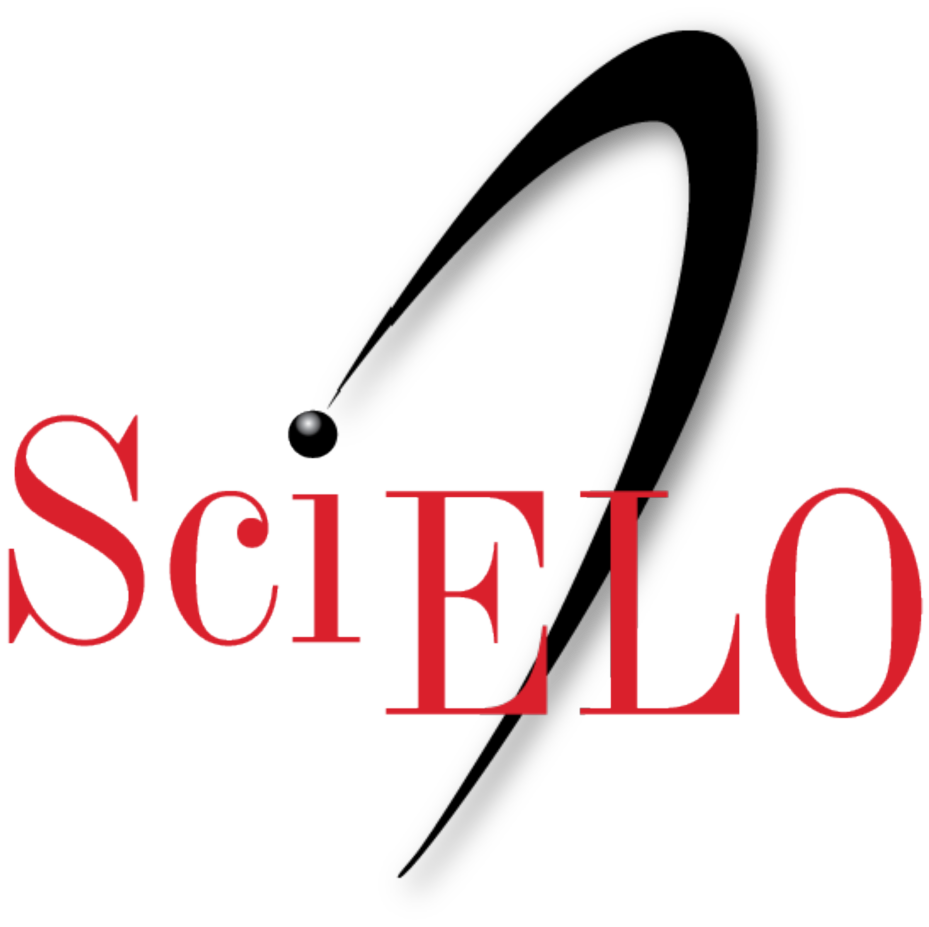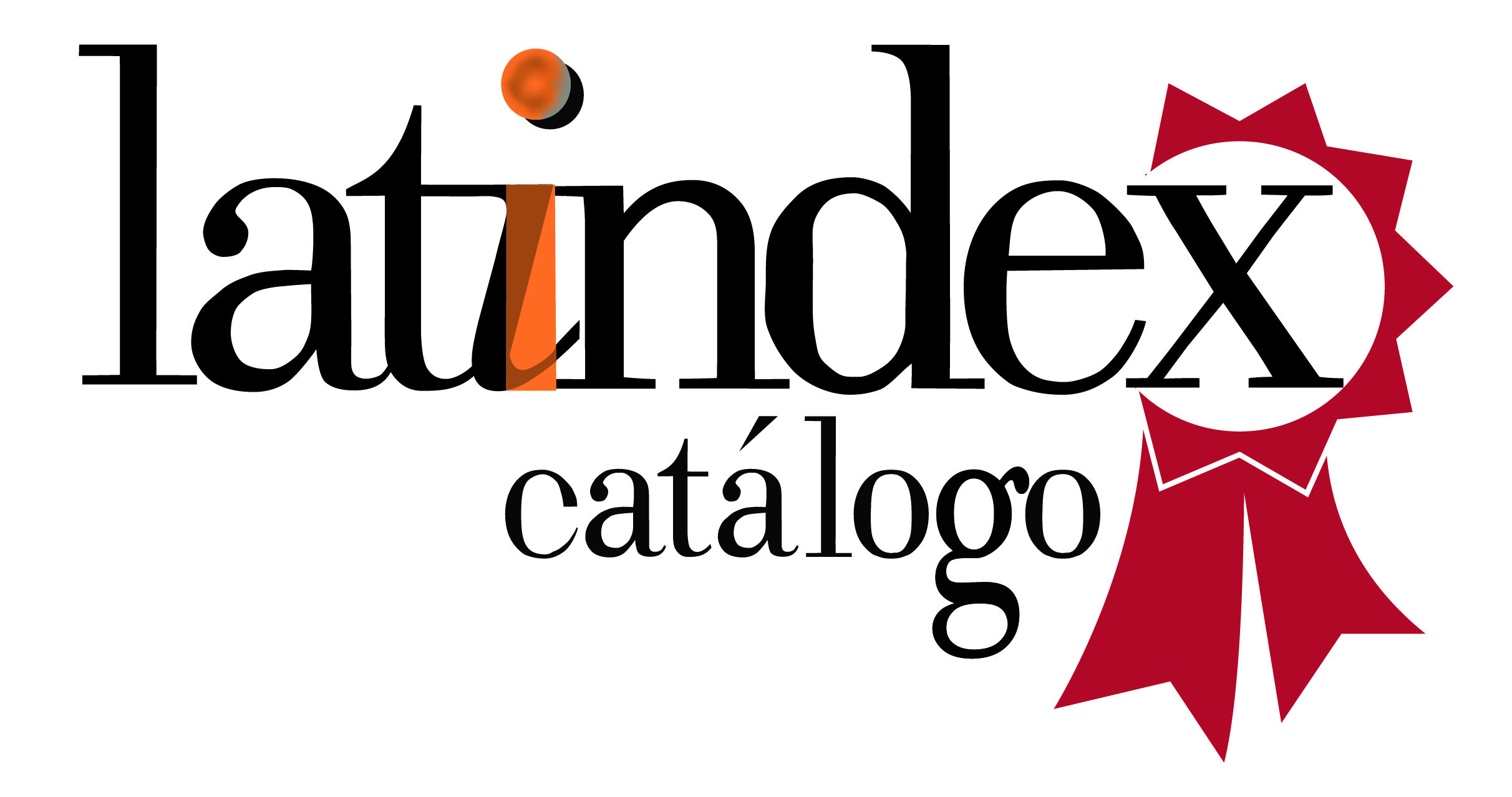Microsurgery and adjuvant strategies in the treatment of intracranial aneurysms.
DOI:
https://doi.org/10.52379/mcs.v7i3.295Keywords:
Intracranial aneurysms, Microsurgery, Surgical treatment.Abstract
Abstract: Objectives: To evaluate the usefulness of different adjunctive maneuvers to facilitate micro dissection and clamping of the neck of intracranial aneurysms. Method: We have carried out a descriptive study including all the patients admitted in the neurosurgery department of “Roberto Rodríguez” Hospital in Moron, Ciego de Avila, Cuba with the diagnosis of intracranial aneurysms who were operated on through microsurgical cliping techniques in the period between january 1997 and december 2020. Results: 201 patients were operated on, 198 (98.51%) with aneurysms of the anterior circulation and only 3 (1.49%), of the posterior circulation. A total of 252 sacs were approached, adjuvant strategies to the conventional procedure were used to facilitate the act of aneurysmal clamping, such as continuous spinal drainage, ventriculostomy to the outside for CSF drainage and continuous monitoring of ICP and brain retraction pressure , temporary closure of the mother artery, retrograde suction decompression in giant aneurysms. 74.62% of the cases recovered without any type of symptoms or sequelae, and mortality was 1.49%. Conclusion: Microsurgery is an effective procedure, with a high efficiency index, for the treatment of intracranial aneurysms in our environment. Adjunctive strategies facilitate parenchymal relaxation, dissection, and clamping of the aneurysmal neck.
Downloads
References
Brown RD Jr, Broderick JP. Unruptured intracranial aneurysms: epidemiology, natural history, management options, and familial screening. Lancet Neurol 2014; 13: 393-404. https://doi.org/10.1016/s1474-4422(14)70015-8
Lawton MT, Edward Vates G. Subarachnoid Hemorrhage. N Engl J Med.2017; 377:257-66. https://doi.org/10.1056/nejmcp1605827
Shea AM, Reed SD, Curtis LH, Alexander MJ, Villani JJ, Schulman KA. Characteristics of nontraumatic subarachnoid hemorrhage in the United States in 2003. Neurosurgery 2007; 61: 1131-8. https://doi.org/10.1227/01.neu.0000306090.30517.ae
Bender MT, Wendt H, Monarch T, Lin LM, Jiang B, Huang J, Coon AL, Tamargo RJ, Colby GP. Shifting Treatment Paradigms for Ruptured Aneurysms from Open Surgery to Endovascular Therapy Over 25 Years. World Neurosurg. 2017; (17)31174-9. https://doi.org/10.1016/j.wneu.2017.07.074
Darsaut TE, Findlay JM, Magro E, Kotowski M, Roy D, Weill A et al. Surgical clipping or endovascular coiling for unruptured intracranial aneurysms: a pragmatic randomised trial. J Neurol Neurosurg Psychiatry. 2017; 88(8): 663-8. https://doi.org/10.1136/jnnp-2016-315433
Drake CG. Report of world federation of neurosurgical surgeon committee on a universal SAH grading scale. JNS. 1988; 68:985–6. https://doi.org/10.3171/jns.1988.68.6.0985
Patriota GC, da Silva–Júnior JM, Evangelista Santos Barcellos AC, de Sousa Silva Júnior J B, Oliveira Toledo D P, Campos Gomes Pinto F et al. Determining ICH Score: ¿can we go beyond? Arq Neuro–Psiquiatr. 2009; 67(3a):605-608. http://dx.doi.org/10.1590/S0004–282X2009000400006
Spagnuolo E, Quintana L. Hemorragia subaracnoidea por aneurisma cerebral roto. Guías de manejo clínico actualizadas 2010. Una propuesta al capítulo vascular de la FLANC. Rev Chil Neurocirugía. 2010; 35:72–86. URL.
Burkhardt JK, Chua MHJ, Weiss M, Do ASS, Winkler EA, Lawton MT. Risk of aneurysm residual regrowth, recurrence, and de novo aneurysm formation after microsurgical clip occlusion based on follow-up with catheter angiography. World Neurosurg. 2017; 106:74-84. https://doi.org/10.1016/j.wneu.2017.06.110
Wiebers DO, Whisnant JP, Huston J 3rd. Unruptured intracranial aneurysms: natural history, clinical outcome, and risks of surgical and endovascular treatment. Lancet 2003; 362(9378):103–10. https://doi.org/10.1016/s0140-6736(03)13860-3
Patel BM, Ahmed A, Niemann D. Endovascular Treatment of Supraclinoid Internal Carotid Artery Aneurysms. Neurosurg Clin N Am 2014; 25: 425–435. https://doi.org/10.1016/j.nec.2014.04.003
Lacerda Gallardo AJ, Martín Chaviano D, Mirabal García Y, Quintana Záez J, Tacas Gil N. Microabordaje transciliar supraorbitario en la cirugía de aneurismas intracraneales de la circulación anterior. Rev Cubana Neurol Neurocir. 2014; 4(2):130–5. URL.
Cho WS, Kim JE, Kang HS, Son YJ, Bang JS, Oh CW. Keyhole Approach and Neuroendoscopy for Cerebral Aneurysms. J Korean Neurosurg Soc 2017; 60 (3): 275-281. https://doi.org/10.3340%2Fjkns.2017.0101.002
Mielke D, Malinova V, Rohde V. Comparison of intraoperative microscopic and endoscopic ICG angiography in aneurysm surgery. Neurosurgery 2014; 10 (Suppl 3): 418-425. https://doi.org/10.1227/neu.0000000000000345
Cho WS, Kim JE, Kim SH, Kim HC, Kang U, Lee DS. Endoscopic fluorescence angiography with indocyanine green: a preclinical study in the swine. J Korean Neurosurg Soc 2015; 58: 513-517. https://doi.org/10.3340/jkns.2015.58.6.513
Cohen-Gado A. The orbitozygomatic craniotomy and its judicious use. Operative Neurosurgery 2020; 18: 559-569. https://doi.org/10.1093/ons/opz246
Suzuki S, Ogane K, Souma M, Ohkuma H, Iwabuchi T. Efficacy of steroid hormone in solution for intracranial irrigation during aneurysmal surgery for prevention of the vasospasm syndrome. Acta Neurochir (Wien). 1994;131(3-4):184-8. https://doi.org/10.1007/bf01808610
Ohkuma H, Suzuki S, Ogane K, Fujita S, Shibata S, Ito K, Kimura M. Preventive effect of intracisternal methylprednisolone on symptomatic vasospasm after aneurysmal subarachnoid hemorrhage. No Shinkei Geka. 1996;24(2):135-42. URL.
Pontes FG, da Silva EMK, Baptista-Silva JCC, Vasconcelos V. Treatments for unruptured intracranial aneurysms. Cochrane Database of Systematic Reviews. 2021;5: CD013312. https://doi.org/10.1002/14651858.CD013312.pub2
Rutledge C , Baranoski JF, Catapano JS, Lawton MT, Spetzler RF. Microsurgical Treatment of Cerebral Aneurysms. World Neurosurg. 2022;159:250-258. https://doi.org/10.1016/j.wneu.2021.12.079
Wali AR, Park CC, Santiago-Dieppa DR, Vaida F, Murphy JD, Khalessi AA. Pipeline embolization device versus coiling for the treatment of large and giant unruptured intracranial aneurysms: a cost-effectiveness analysis. Neurosurg Focus 2017; 42(6):E6. https://doi.org/10.3171/2017.3.focus1749
Valle-Giler EP, Atallah E, Tjoumakaris S, Rosenwasser RH, Jabbour P. Transcirculation Pipeline embolization device deployment: a rescue technique. Neurosurg Focus 2017;42(6):E13. https://doi.org/10.3171/2017.2.focus16485
Silva MA, See AP, Dasenbrock HH, Patel NJ, Aziz-Sultan MA. Vision outcomes in patients with paraclinoid aneurysms treated with clipping, coiling, or flow diversion: a systematic review and meta-analysis. Neurosurg Focus 2017;42(6):E15. https://doi.org/10.3171/2017.3.focus1718
Zhao J, Lin H, Summers R, Yang M, Cousins BG, Tsui J. Current treatment strategies for intracranial aneurysms: An overview. Angiology 2018; 69(1):17-30. https://doi.org/10.1177%2F0003319717700503
Downloads
Published
Issue
Section
License
Copyright (c) 2023 Angel Jesus Lacerda Gallardo, Miguel Mazorra Pazos

This work is licensed under a Creative Commons Attribution 4.0 International License.











